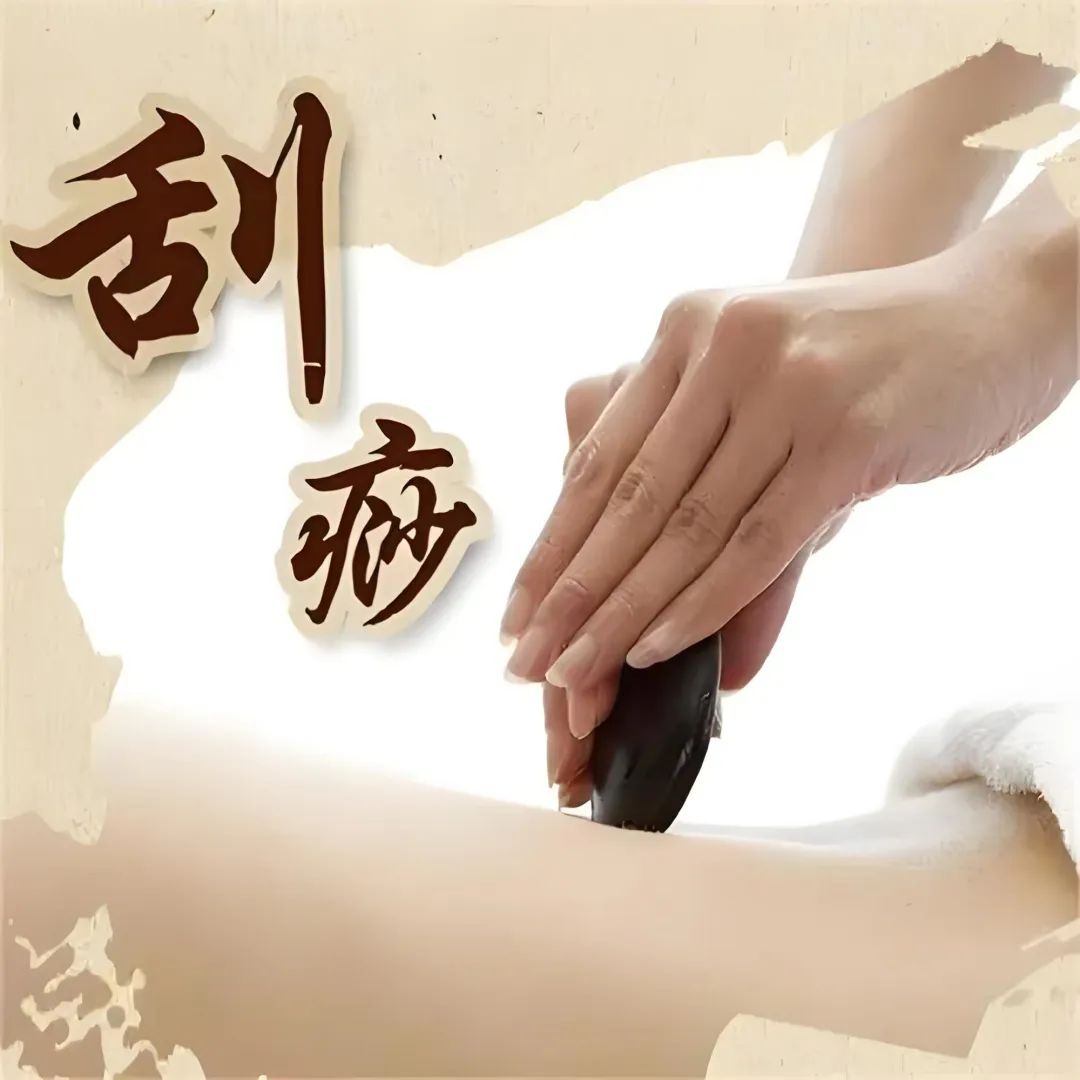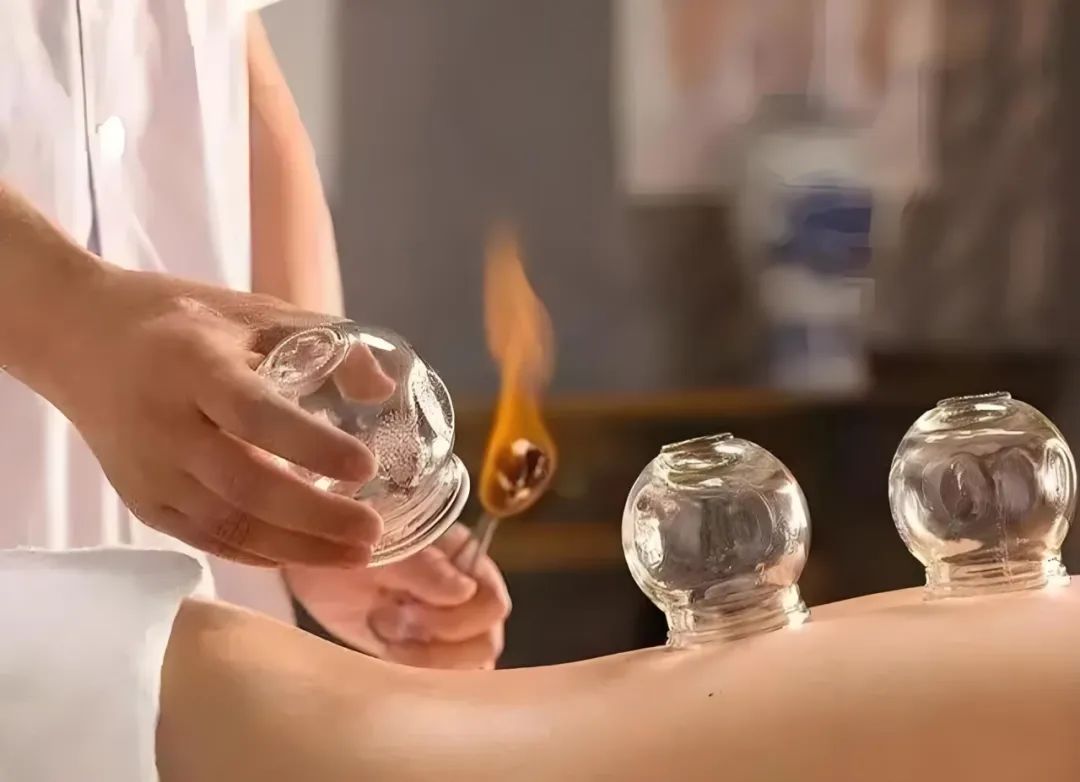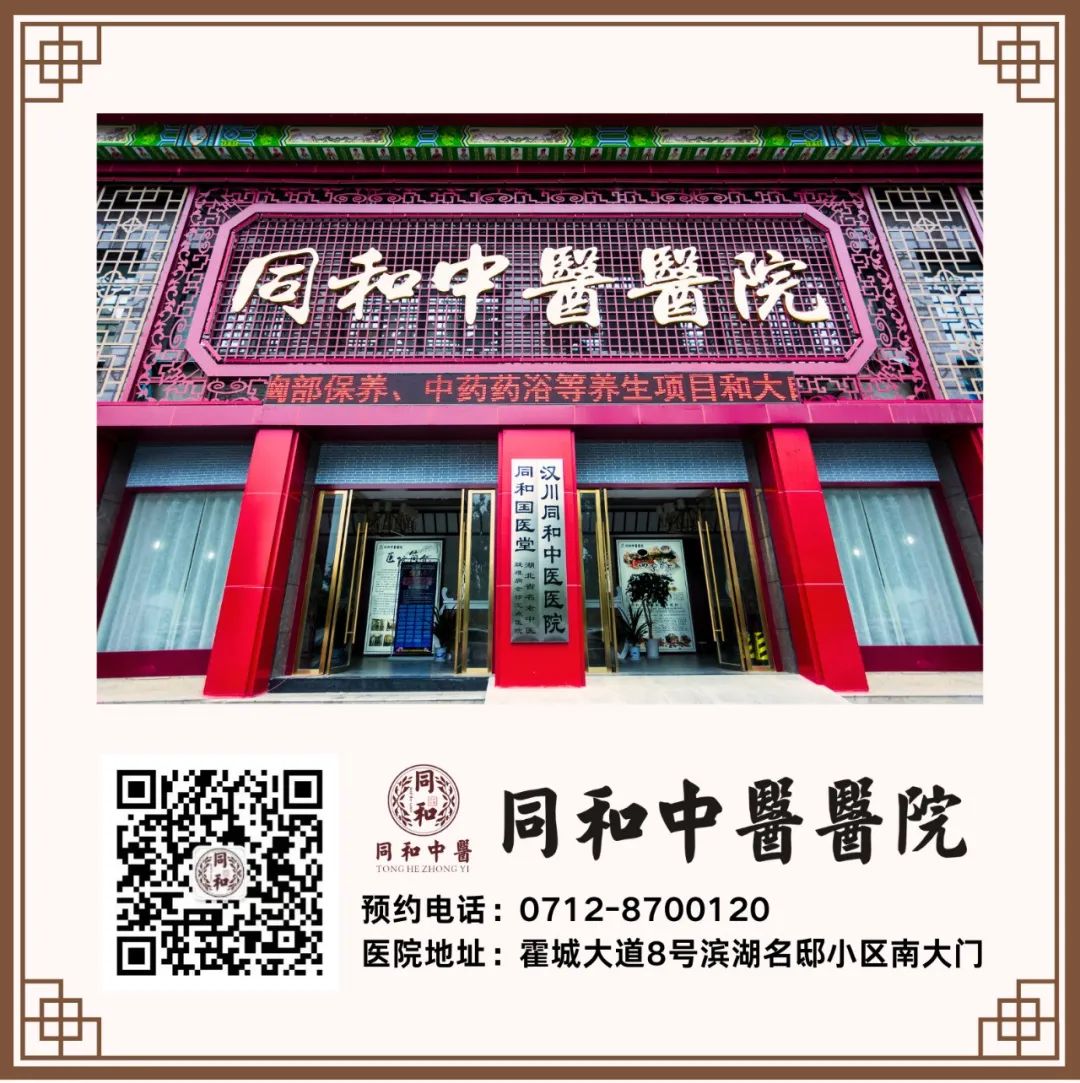

What is Gua Sha?
Gua Sha refers to a therapy that involves scraping the skin with a specific tool (such as jade or buffalo horn) lubricated with water or oil along the meridians, resulting in localized congestion. It primarily serves diagnostic and therapeutic purposes. The areas typically treated are the thicker parts of the skin, such as the back, thighs, abdomen, and arms. The effectiveness of Gua Sha varies from person to person; individuals with less body fat tend to show more pronounced results, while those with thicker fat may experience less noticeable effects. Historically, Gua Sha was used to treat ailments during the summer and autumn, but today it is often employed for preventive health care.
Gua Sha is a traditional therapy that involves scraping along acupuncture points or specific areas of the skin to stimulate blood flow and improve microcirculation. It can expel pathogenic factors, dispel wind and cold, clear heat and dampness, invigorate blood circulation, relieve pain, and enhance the body’s innate resistance and immune function. This therapy aims to strengthen the body’s defenses while eliminating pathogens, thus serving both therapeutic and preventive roles. Gua Sha is particularly effective for colds, especially symptoms like fever, nasal congestion, sore throat, and headaches.
Main Applications
The primary applications of Gua Sha for health maintenance include: headaches, neck pain, shoulder pain, leg pain, back pain, colds, toothaches, constipation, diarrhea, loss of appetite, dysmenorrhea, fatigue, insomnia, and beauty treatments. As a suitable technique in TCM, Gua Sha requires specific skills. Gua Sha tools can be made from water buffalo horn or jade, with a clean and smooth surface. The lubricants commonly used include liquid paraffin, sesame oil, safflower oil, or specialized blood-invigorating agents.
During Gua Sha, it is important to apply even pressure with the wrist, adjusting the scraping force based on the patient’s condition and response. Generally, one can scrape gently downwards or repeatedly from the inside out, gradually increasing the pressure to a tolerable level for the patient.
When performing Gua Sha, scrape in the same direction with even force, using wrist strength. Typically, scrape 10 to 20 times for about 20 minutes until the skin appears red and slightly purplish. The pressure should be moderate; too light will be ineffective, while too heavy may injure the skin. A slight pain sensation at the scraping site is ideal. Gua Sha should be performed every three to five days.
Main Benefits
The primary benefits of Gua Sha include expelling pathogens and detoxifying, invigorating blood circulation, clearing heat and detoxifying, relieving spasms and pain, and regulating yin and yang.
Gua Sha is a very common treatment method in TCM, and here are its main functions:
1. Invigorating Blood Circulation
Gua Sha stimulates muscle contractions through the scraping tool, accelerating blood flow and promoting metabolism, thereby hastening the resolution of local edema and hematomas. It can also help alleviate symptoms of cervical spondylosis and lumbar disc herniation.
2. Expelling Pathogens and Detoxifying
Gua Sha can clear the body’s meridians, regulate qi and blood, and enhance the body’s endocrine regulation, thus promoting the expulsion of dampness and toxins. It can improve the condition of facial skin and address simple obesity.
3. Clearing Heat and Detoxifying
Scraping at specific acupuncture points or along certain meridians can dispel wind and cold, improving conditions like colds and heatstroke.
4. Relieving Spasms and Pain
In TCM, pain is often attributed to insufficient qi and blood or blocked meridians. Gua Sha can clear the meridians and regulate qi and blood, thus relieving spasms and pain. It can be used to alleviate discomfort caused by conditions like mammary gland hyperplasia and mastitis.
5. Regulating Yin and Yang
Through specific Gua Sha techniques and directions, it can help balance yin and yang, improving sleep disorders.
Additionally, Gua Sha can strengthen the spleen and boost qi. Patients with other diseases can consult a TCM practitioner to see if Gua Sha can be used for treatment or health maintenance. However, it is not suitable for patients with skin lesions, acute infectious diseases, severe chronic illnesses, or stroke. After Gua Sha, one should avoid bathing immediately, keep warm, and avoid exposure to wind and cold.

Balanced Cupping
Balanced cupping originates from cupping therapy and is a TCM external treatment method based on fundamental TCM theories, combining traditional cupping with heat therapy, massage, and other physical stimuli. During treatment, there is a balance of expulsion and supplementation, which has the effects of warming the meridians, promoting circulation, and expelling pathogens, ultimately achieving the goal of treating diseases.
The entire process of balanced cupping mainly consists of five steps: flash cupping, kneading cupping, sliding cupping, shaking cupping, and retention cupping.
1. Flash Cupping
Effect: Warming the meridians and dispelling cold.
Flash cupping involves applying the cup to the target area and immediately removing it using wrist strength, repeating until the skin becomes flushed. On both sides of the back along the bladder meridian, perform flash cupping three times, one from top to bottom and the other from bottom to top.
2. Kneading Cupping
Effect: Relaxing muscles and clearing meridians, significantly alleviating muscle pain.
Once the cup is warm, knead the back along the governor vessel and bladder meridian three times.
3. Sliding Cupping
Effect: Accelerating blood circulation and promoting metabolism.
Apply an appropriate amount of lubricant to the back. Slide the cup along the governor vessel and bladder meridian, maintaining moderate suction. The order is to start from the center and then move to the sides, until the skin shows a red hue.
4. Shaking Cupping
Effect: Clearing heat and expelling fire, invigorating blood circulation.
Shake the cup along both sides of the bladder meridian three times.
5. Retention Cupping
Effect: Warming the meridians, dispelling cold, and relaxing muscles.
Clean off the lubricant. After completing all techniques, retain the cup for 5 minutes and check the suction strength.
Ear Acupoint Gua Sha
Ear acupoint Gua Sha technique is based on the theory of auricular reflexology and Li’s copper Gua Sha tool, using a brass Gua Sha board that resonates well with the human body, applied to corresponding acupoints on the ear. Using a gentle and harmonious technique, Gua Sha is performed on the ear to mobilize qi and blood, expel pathogens, and achieve effects such as relaxing muscles, clearing meridians, invigorating blood circulation, and detoxifying, thus preventing and treating diseases.
Cupping Therapy
Cupping therapy utilizes cups as tools, employing methods such as combustion, suction, or steam to create negative pressure inside the cup, which is then applied to acupoints or corresponding areas on the body, promoting local skin congestion or bruising, achieving the effects of warming the meridians, dispelling wind and cold, reducing swelling and pain, and detoxifying.
Navel Moxibustion
Navel moxibustion is a TCM therapy that involves applying moxibustion to the navel, utilizing the thin and sensitive skin of the navel for rapid absorption of the pure yang heat from the moxa, stimulating the tissues to harmonize qi and blood, clear the meridians, and thus achieve the purpose of disease prevention and health maintenance.
Ear Seed Therapy
Ear seed therapy, also known as ear acupressure, involves placing seeds of the plant Vaccaria segetalis, pills, or other items on adhesive tape at acupoints or reflex points on the ear, applying pressure with the fingers to stimulate these points, transmitting effects through the meridians to prevent and treat diseases.


